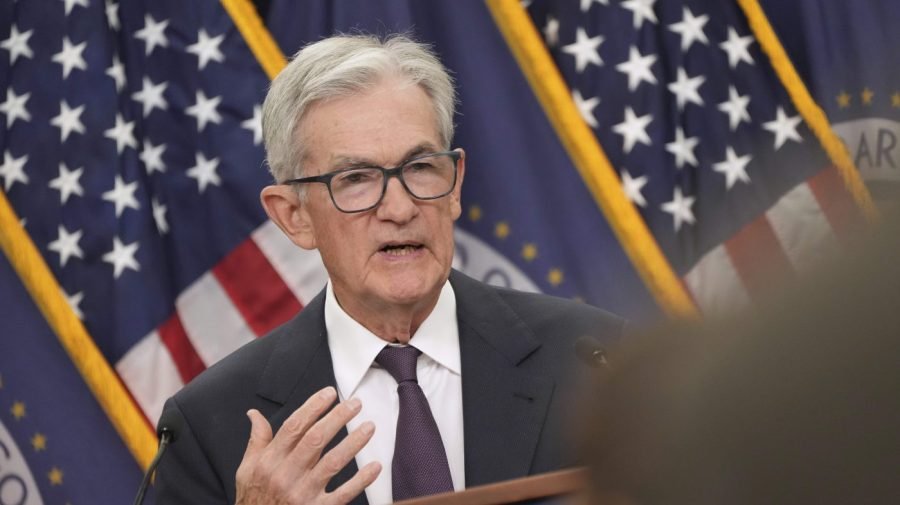The Federal Open Market Committee (FOMC), the panel of Fed officials in charge of monetary policy, reduced its baseline interest rate to a range of 3.75 to 4 percent, cutting it by 0.25 percentage points.
Officials voted 10 to 2 in favor of the rate cut, with Fed board member Stephen Miran instead supporting a larger 0.5 percentage point cut, and Kansas City Federal Reserve President Jeffrey Schmid supporting no move at all.
The FOMC had to rely on a patchwork of private-sector data, a delayed consumer price index (CPI) and the Fed’s regular surveys of businesses and nonprofits for the latest insight on the economy. The ongoing government shutdown has frozen the collection and release of all other federal economic data.
“The public and private-sector data that have remained available suggests that the outlook for employment and inflation has not changed much since our meeting in September,” Federal Reserve Chair Jerome Powell said in remarks to reporters.
Powell said that while the Fed would be able to pick up on major shifts in the economy without federal data, it wouldn’t have “the detailed feel of things” it typically has in most cases.
He added that another rate cut in December was “far from” a “forgone conclusion,” citing the major differences among Fed officials about the path ahead and concerns about the lack of clear data.
“We just don’t know what we’re going to get. If there is a very high level of uncertainty, then that could be an argument in favor of caution about moving, but we’ll have to see how it unfolds.”
Read more here.
